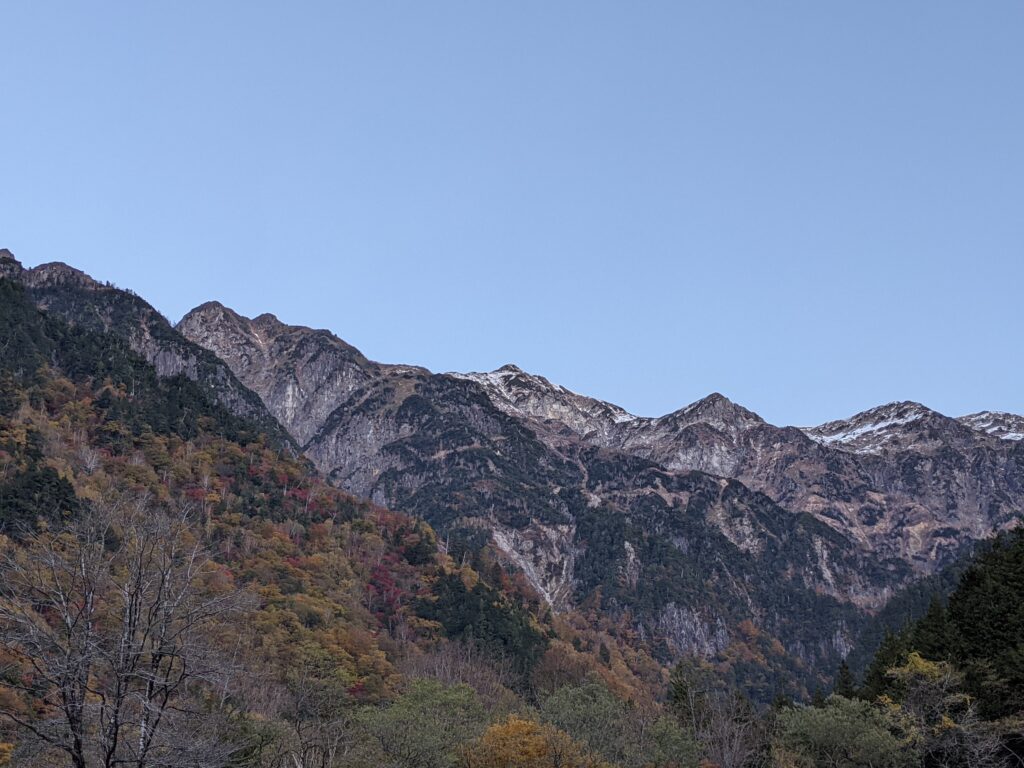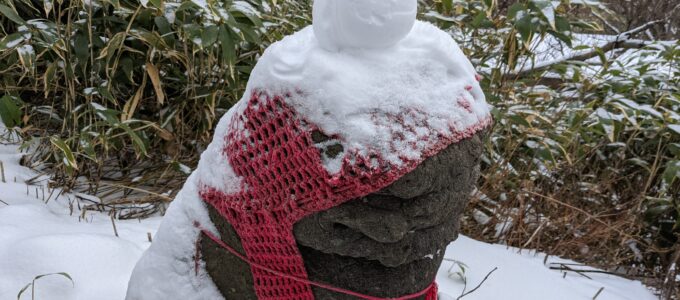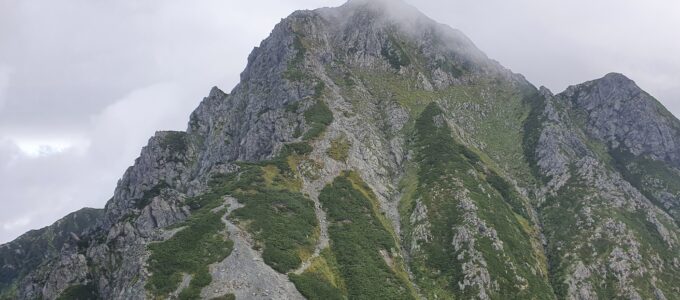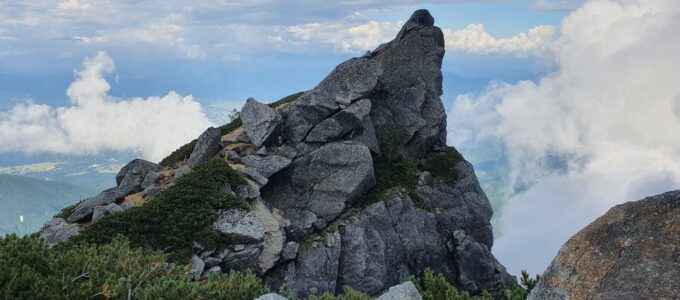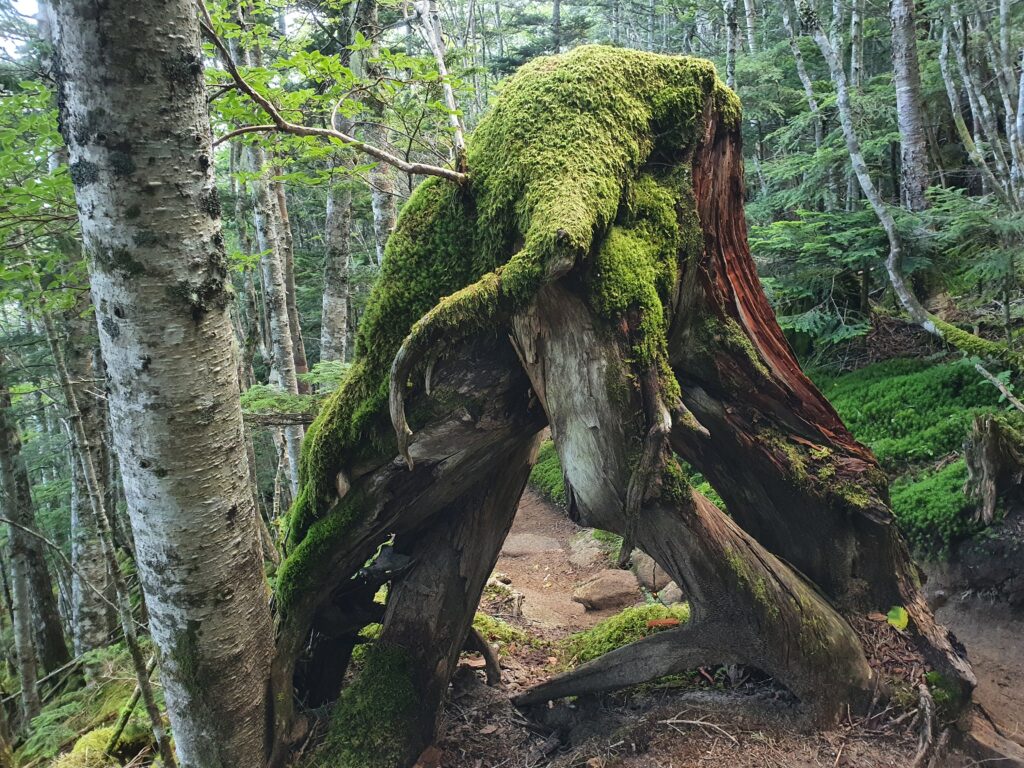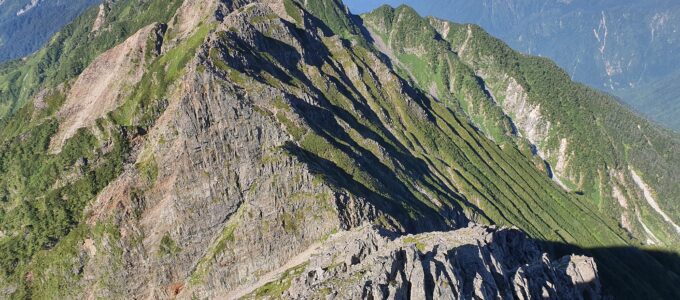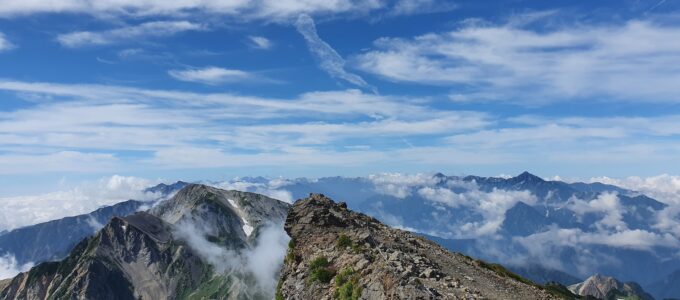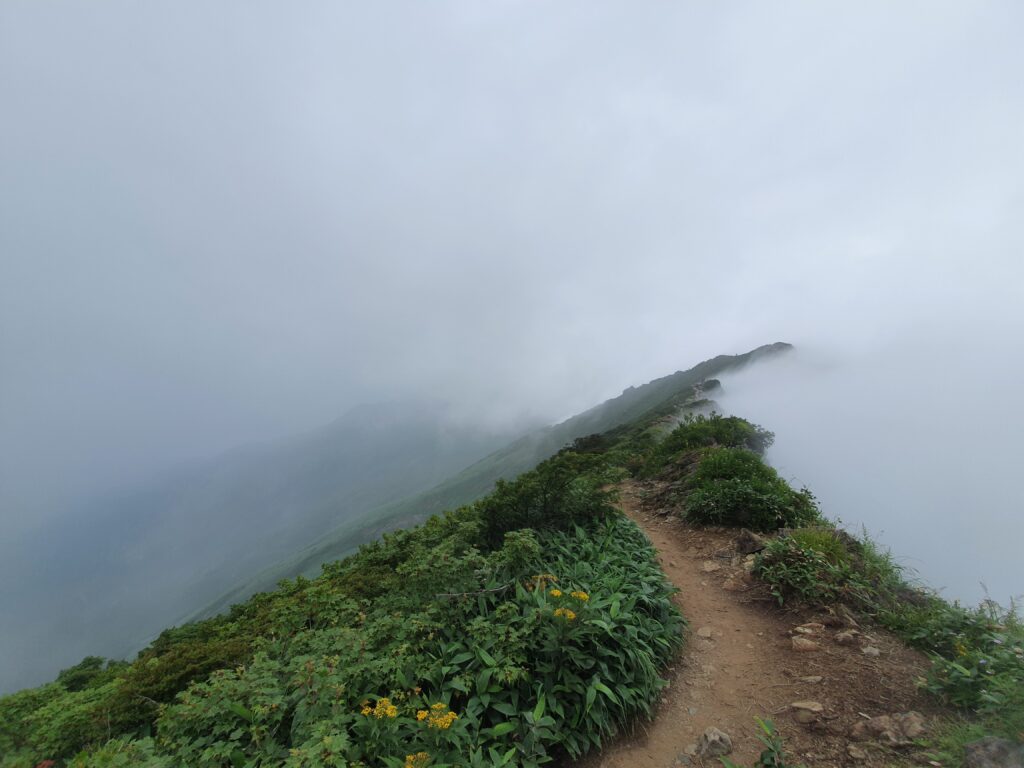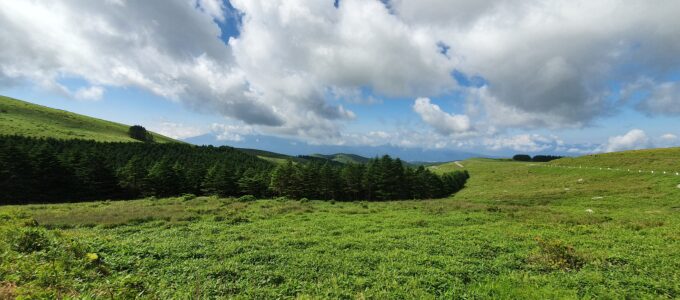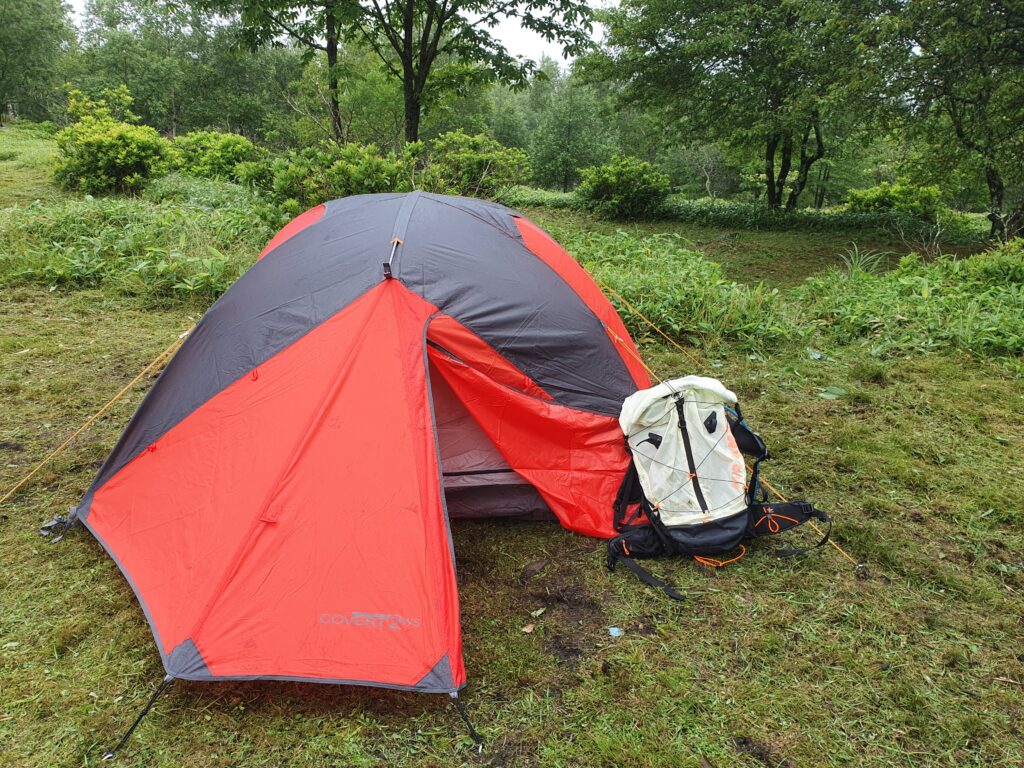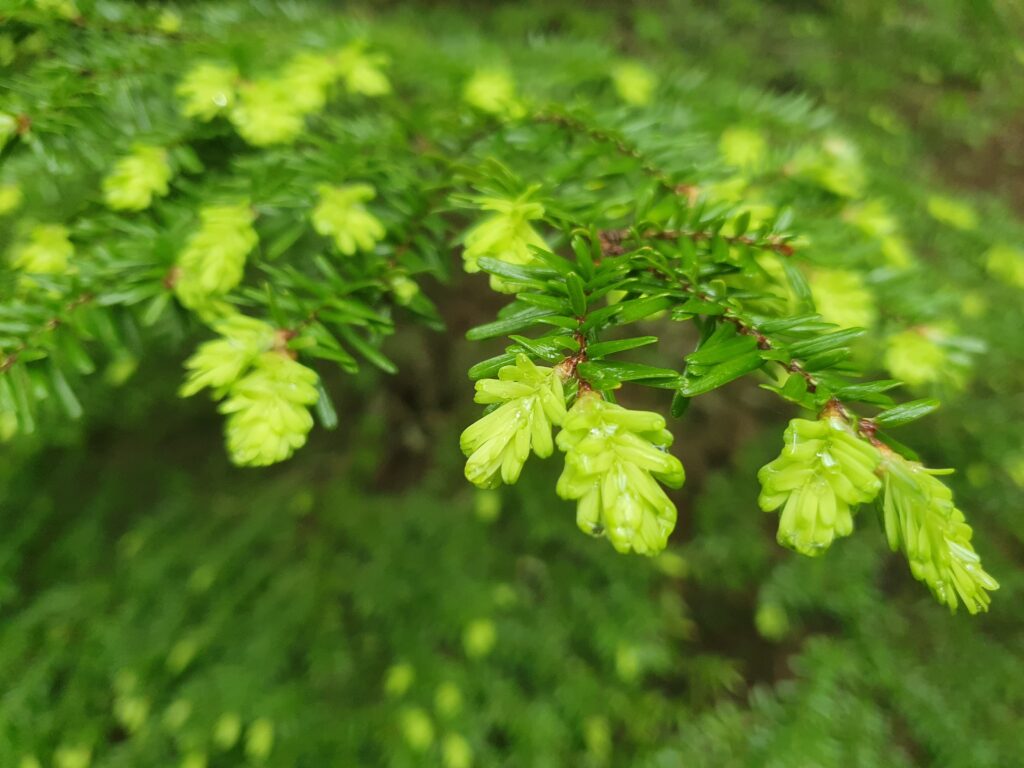For literally years now I’ve been wondering how could I get up on Kasagatake. This mountain in the northern Japanese Alps is right above Shin-Hotaka. You get a really good view of it from the ropeway up Nishi-Hotaka and you hike by its trailhead on the way up to Sugoroku. The problem is that it’s a long, tough and steep straight climb which means doing it in one day is not fun. I didn’t know of a way to get there for an early enough start either unless I stayed a night in Shin-Hotaka—until now. Once you learn of the Mainichi Alpen-go (and manage to secure a seat) things get much easier.
